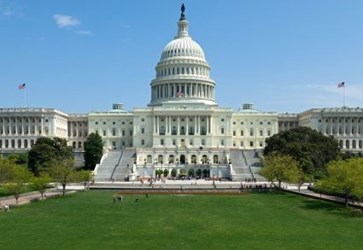Banning BPA In Food Packaging — A Benefit Or A Bust?

By Sam Lewis

Members of Congress have introduced legislation called “The Ban Poisonous Additives Act” to eliminate bisphenol A from food packaging and protect consumers. But, members of the North American Metal Packaging Alliance feel the move could “push America backward in public health”
On July 9, three democrats — Senator Edward Markey of MA, Representative Lois Capps of CA, and Grace Meng of NY—introduced legislation in both the House and the Senate to ban using bisphenol A (BPA). The substance is one of the main components of polycarbonate plastic and is used in epoxy resin linings of metal food containers and many beverage cans. The bill, being called “The Ban Poisonous Additives Act” bans the selling of food and beverage containers containing BPA within 180 days of enactment. The bill also includes provisions protecting factory workers where containers with BPA are manufactured and packed.
“It's time to take the worry out of the workplace for our factory workers by taking the BPA out of canned goods and other food and beverage containers,” says Markey. “The Ban Poisonous Additives Act will help ensure that our factories and our entire food supply are free from this damaging chemical. It's time to ban BPA and move to safer alternatives.” The FDA banned BPA-based epoxy resins in the coatings of baby formula packaging back in March of 2012, largely in response to petitions from Markey.
While banning rumored, harmful chemicals from food and beverage packaging may seem like forward progress, not everyone is thrilled about it. Dr. John Rost, chairman of the North American Metal Packaging Alliance (NAMPA) says the organization is baffled why banning BPA in packaging is a necessity. “The FDA, the European Food Safety Authority, Health Canada, and many other international regulatory bodies have repeatedly reviewed the extensive body of research and all concur BPA is safe to use in food packaging,” says Rost. He continues, “NAMPA also is seriously concerned that the legislation makes no reference to the importance of food packaging coatings for food safety, nor does the bill require that potential alternatives provide the same level of safety as provided by current technology. This bill would not result in increased consumer safety and, in fact, may instead push America backward in public health.”
Rost’s concerns seem justified. Can the FDA, or any other regulating body, be certain that an alternative to BPA is safer? It seems even the writers of the bill have taken this notion into account. The proposed legislation says that if a manufacturer is able to prove that no technology is available to contain food or beverages without using BPA, the FDA is able to offer a renewable, one-year waiver for that specific group of containers. However, this relinquishment is only offered if the label of the container indicates that BPA is used in the packaging, may have negative health impacts on consumers, and the manufacturer suggests a plan and timeframe to comply with the ban. Additionally, the FDA is also required to review the substances that claim to be safe for food and beverage containers.
